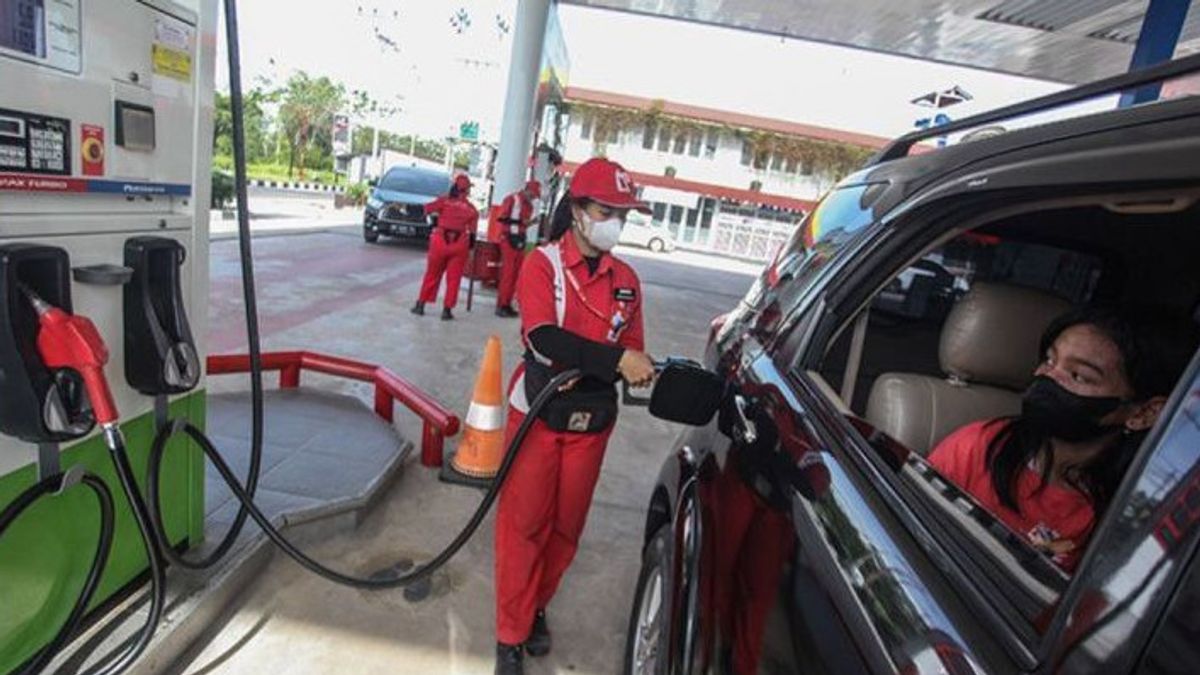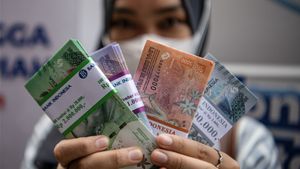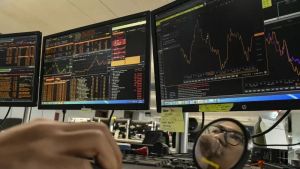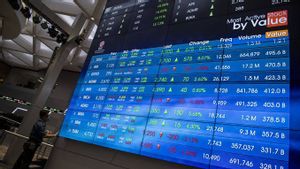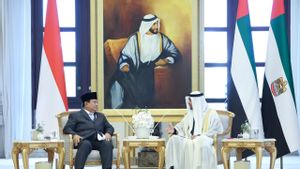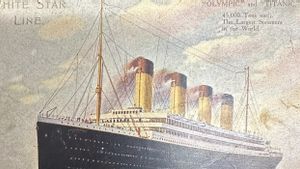JAKARTA - Executive Director of the Center for Energy Security Studies (CESS) Ali Ahmudi Achyak said that movements in world crude oil prices to above 90 US dollars per barrel are currently certain to affect the selling price of non-subsidized fuel, because price formation must adjust to market mechanisms and the economic side.
"One of them must be to adjust to the basic fuel price components, including fluctuations in world oil prices. This is a normal thing so as not to cause losses for fuel supply companies, especially PT Pertamina (Persero)," said Ali in his statement in Jakarta, quoted from Antara, Monday, October 2.
Ali explained that in general, the basic fuel price components consist of acquisition costs, storage and distribution costs, as well as projected margins. Acquisition costs are the costs required to provide fuel.
"Meanwhile, storage and distribution costs are the costs needed to distribute fuel to consumers throughout Indonesia," he said
Regarding the cost of purchasing fuel, Ali continued, the reference used is the fuel market index price which is influenced by the ICP (Indonesia Crude Price) price.
Currently, the average ICP in 2023 could reach 90 US dollars per barrel, so that the average fuel market index price is above the level of 100 US dollars per barrel.
Ali said that naturally and following economic law, regarding non-assignment fuel, business entities should be able to apply fluctuating prices according to market mechanisms and movements in world oil prices.
However, the high level of complexity and potential for volatility makes business entities prefer "smooth" methods in setting prices.
SEE ALSO:
"Actually, there is no problem as long as price projections based on forecasting-based models can be done well, the data is valid and the projections are accurate," said Ali.
Meanwhile, Member of Commission VII of the Indonesian House of Representatives (DPR RI), Mulyanto explained that the main component in determining fuel prices for business entities is the fuel itself. Then, there are transportation or distribution costs and company margins.
"Considering that most of our fuel is imported, domestic non-subsidized fuel prices automatically follow world fuel market prices. Directly, domestic fuel prices follow the average Singapore Platts fuel price," he said.
The English, Chinese, Japanese, Arabic, and French versions are automatically generated by the AI. So there may still be inaccuracies in translating, please always see Indonesian as our main language. (system supported by DigitalSiber.id)
